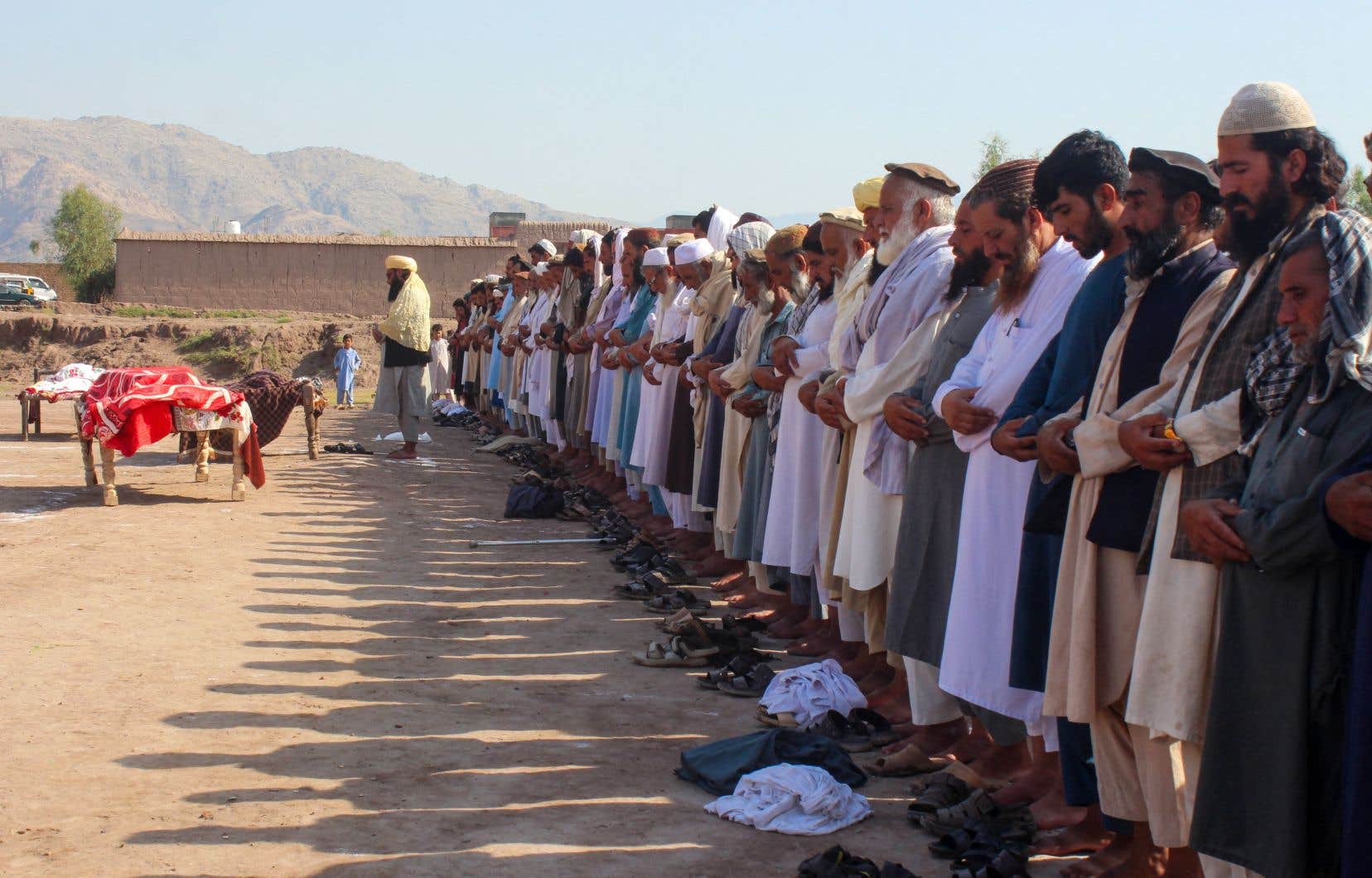At least 47 people were killed and 350 injured by storms and rains of rare violence that devastated entire neighborhoods of the city of Jalalabad and surrounding villages on Monday, authorities in eastern Afghanistan said Tuesday.
A previous report put the number of dead at 35 and injured at 230. But a provincial official warned that the number of victims in Nangarhar province would rise, a new tragedy in a country badly affected by climate change.
Announcing the new toll on X, Saifullah Khalid, head of the Nangarhar Crisis Management Authority, added that the storms and rainfall had destroyed 400 homes, damaged around 60 electricity pylons and devastated many crops.
Some 150 people are still receiving treatment in hospital following the severe weather, he said.
Electricity was still not fully restored on Tuesday in the large city of Jalalabad, capital of Nangarhar province, which borders Pakistan.
A Health Ministry spokesman said international humanitarian organisations were coordinating to help the injured and prevent the spread of epidemics in the disaster-stricken region.
11 dead from the same family
In the village of Charbagh Safa in Surkh Rod district, many residents were taken to hospital or evacuated after their homes were destroyed, an AFP journalist noted.
Almost all the houses had their roofs blown off and their walls collapsed. The few houses still standing were riddled with cracks and were in danger of collapsing.
The few inhabitants still there were still shocked by the force of the storms the day before, or very dejected.
“With yesterday’s violent storm, rain and hail, the walls collapsed on 14 people […] and 11 from the same family were killed,” Samiullah Raeeskhil, a resident of Charbagh Safa, told AFP.
“When we arrived, the dead and wounded were all under the rubble,” he added, explaining that the house was a precarious dwelling, with its occupants “in a very difficult economic situation.” The survivors “lost everything,” he said.
Sajidullah lost several members of his family, including his daughter and a brother, in the same house where the victims were in two different rooms. At the time of the disaster, he was in a shop in the village.
“I ran to the scene,” he says, “people from the village and surrounding area were already there. We tried to call ambulances but there was no signal.”
” River [du village] “It was overflowing so we were isolated. The injured died because they couldn’t get to the hospital in time,” the villager continues.
Epidemic risks
In this area, trees have been uprooted or have no leaves left, crops have been destroyed by rain or storms.
Solar panels and other equipment were found miles away. Residents buried their dead animals far from homes to avoid the risk of spreading disease.
Nazar Aab, a resident of the same village of Charbagh Safa, said: “No one came to distribute aid.”
Afghanistan has been hit by catastrophic floods in recent months, including in mid-May, which killed at least 66 people in Faryab province and 55 in Ghor province.
On May 10, Baghlan province experienced extremely devastating flash floods that left at least 300 dead and many missing, as well as considerable material damage.
Afghanistan had experienced an unusually rainy spring, after an exceptionally dry winter.
The country is one of the poorest in the world, with homes often built with poor quality materials or from beaten earth, and aid efforts are severely underfunded.
